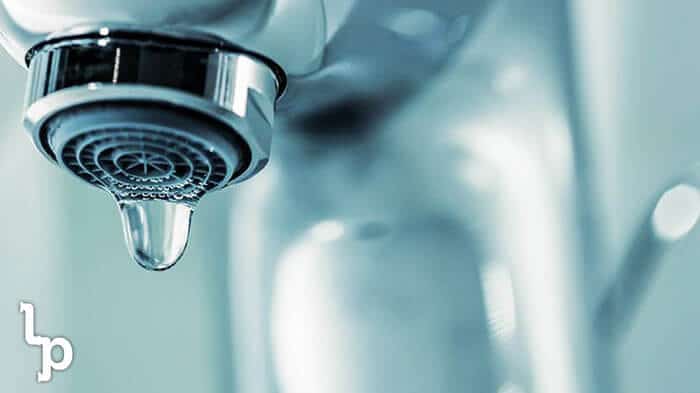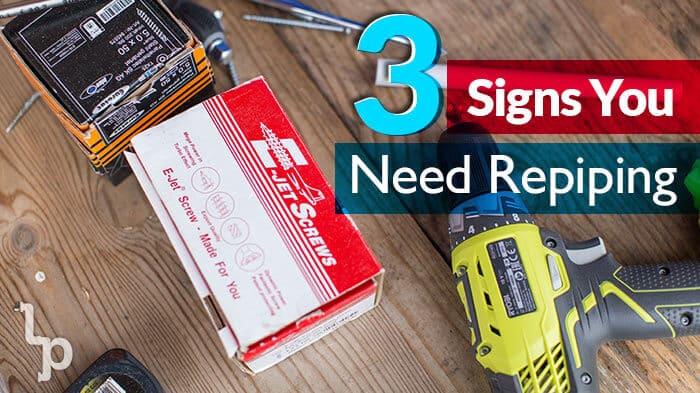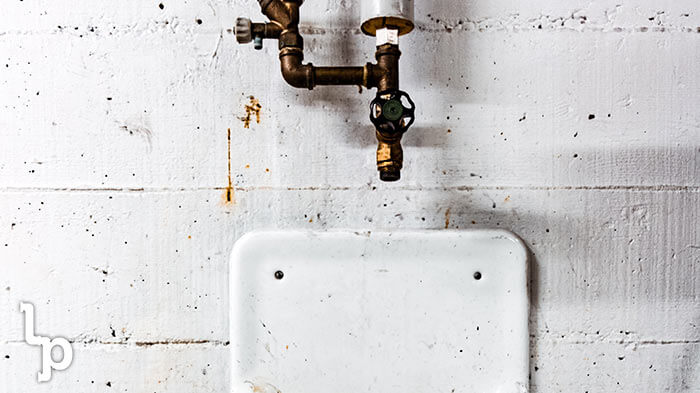
If you’re a first-time homeowner, you might be surprised to discover that frozen pipes are one of the biggest issues you’ll hopefully never deal with.
Even if you’ve been in your home for a while, you sometimes get surprised with this problem, and it can be devastating.
Luckily, your insurance should cover you for the damage, but it won’t replace the cherished belongings that get ruined through water damage.
Let’s have a look at how to recognize the signs so that you can take action immediately, now that the cold weather is almost upon us.
How To Tell If Your Pipes Are Frozen
If your pipes are frozen, there are a few telltale signs.
Some are obvious, while others are a bit subtler.
But if you detect any of the following, it’s a big warning sign that your pipes are frozen and your home may be about to suffer some significant damage.
Call us here at London Plumbing, and we’ll help you sort out the mess.
1. Slow And/Or Inconsistent Water Flow
If you’re noticing substantially less water coming through your faucet, or it seems to ebb and flow, you may have some freezing along one of your pipes.
Try the other faucets in your house and determine which seem to be affected and which seem clear, then try to trace back to discover where in your system the problem could be occurring.
What’s happening here is there is a major blockage stopping the water getting through consistently, though it’s trying.
If you can find the stretch of piping that seems to be the root of the issue, you can work to warm up the pipes in a few different ways, thereby reinstating full water flow.
One of the best ways to warm pipes is to use a space heater in the room(s) that are cold enough to freeze the pipes.
Alternately, you can use a hair dryer directly on the pipe itself.
This can take a while, but it’s very effective.
Please keep in mind to never use an open-flame source of heat, such as a blowtorch, since this can actually damage your pipe and potentially even make it burst.
2. Leaky Pipes Or Damp Walls
Leaky pipes suggest that there’s too much pressure somewhere along the line, causing the water to seek the path of least resistance.
Alternately, the pipe is leaking because it has frozen, cracked and thawed.
The leaking section of pipe will need replacing, and you’re best to call a plumber for that.
Damp walls can be a sign that there’s a crack in a pipe behind it due to freezing.
In this case, you may need help accessing and repairing the pipe, and a local service like London Plumbing can come help repair it with the minimum amount of inconvenience.
3. Frost Forming On The Outside Of Your Pipes
Frost forms on the outside of your pipes when the freezing process has started, or is about to start.
If you inspect it, it may appear to be bulging slightly as well, which indicates a certain amount of freezing since water expands when it freezes.
On a side note, this is the same reason why potholes are always worse in the springtime after the first thaw.
Be careful when warming the pipe, and have a bucket ready, because as it thaws you may discover that it already has a hairline crack in it that will need repair.
If that’s the case, you’ll definitely want your plumber there for that job.
How To Prevent Frozen Pipes
Preventing frozen pipes is far easier than dealing with the fallout from a pipe burst!
Before the freezing season, be sure to disconnect any garden hoses, and drain them to reuse next year.
Then turn off the water to those faucets from the inside of the house, if you can, and open the outside faucet to drain out any remaining water.
This prevents any standing or trapped water from causing problems later.
Also, be sure to have a look around your house…notice any rooms that seem to be colder than others, and pay special attention to them.
Water pipes that travel through mudrooms, attics, garages or enclosed spaces can be particularly susceptible.
If you have cold rooms, consider purchasing a small space heater to leave in there during the winter season.
If you are leaving town for more than three or four days, keep in mind to turn off the water at the main source, then drain all your taps in your house!
Contact London Plumbing
Finally, if you DO run into freezing issues that you can’t handle alone, London Plumbing has the experts you need to get you cleaned up and back to rights.
We have many years’ experience assisting homeowners in troubleshooting these issues, as well as the repair process when accidents do occur.
Frozen pipes are no laughing matter, but London Plumbing will be there to help you with a smile





